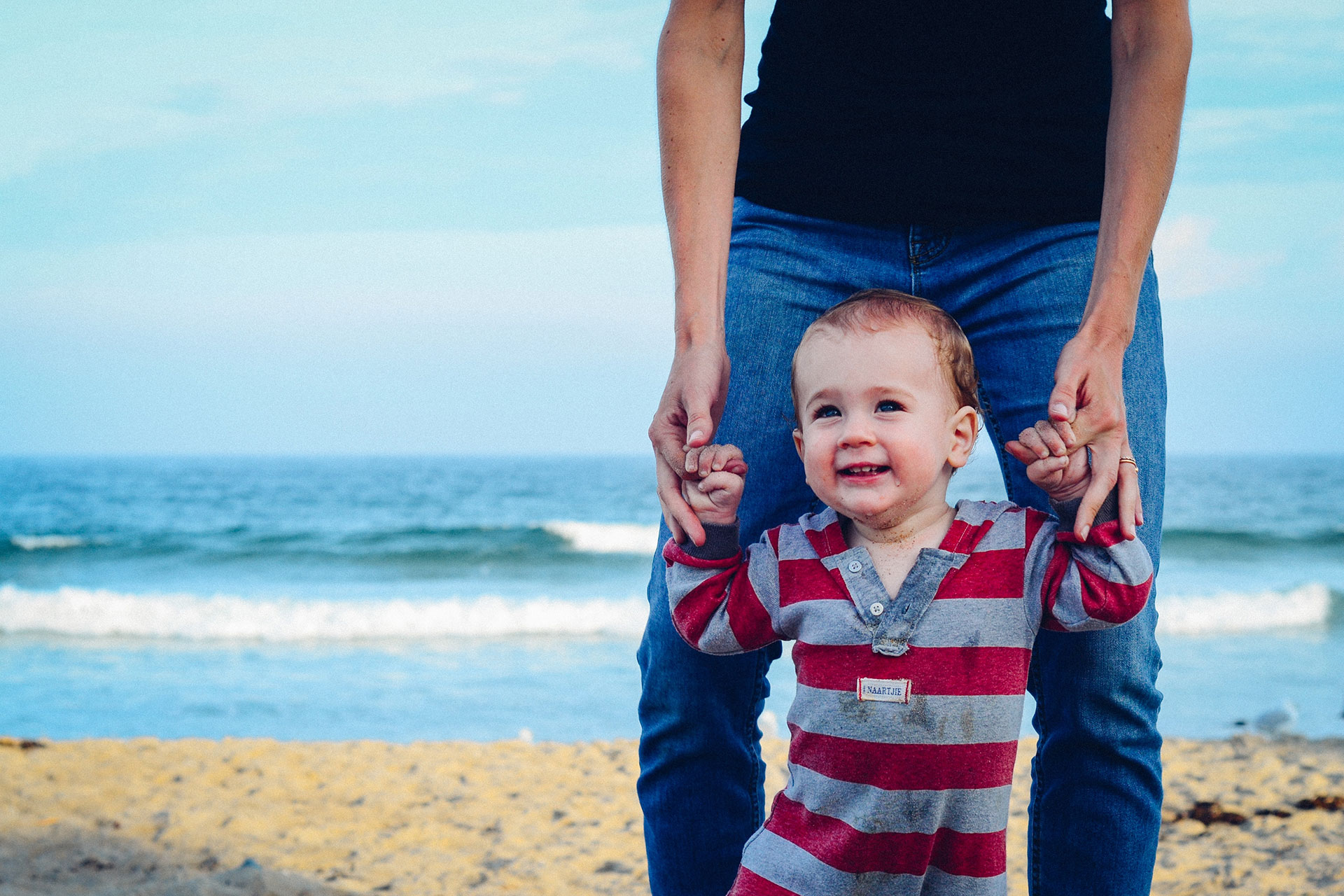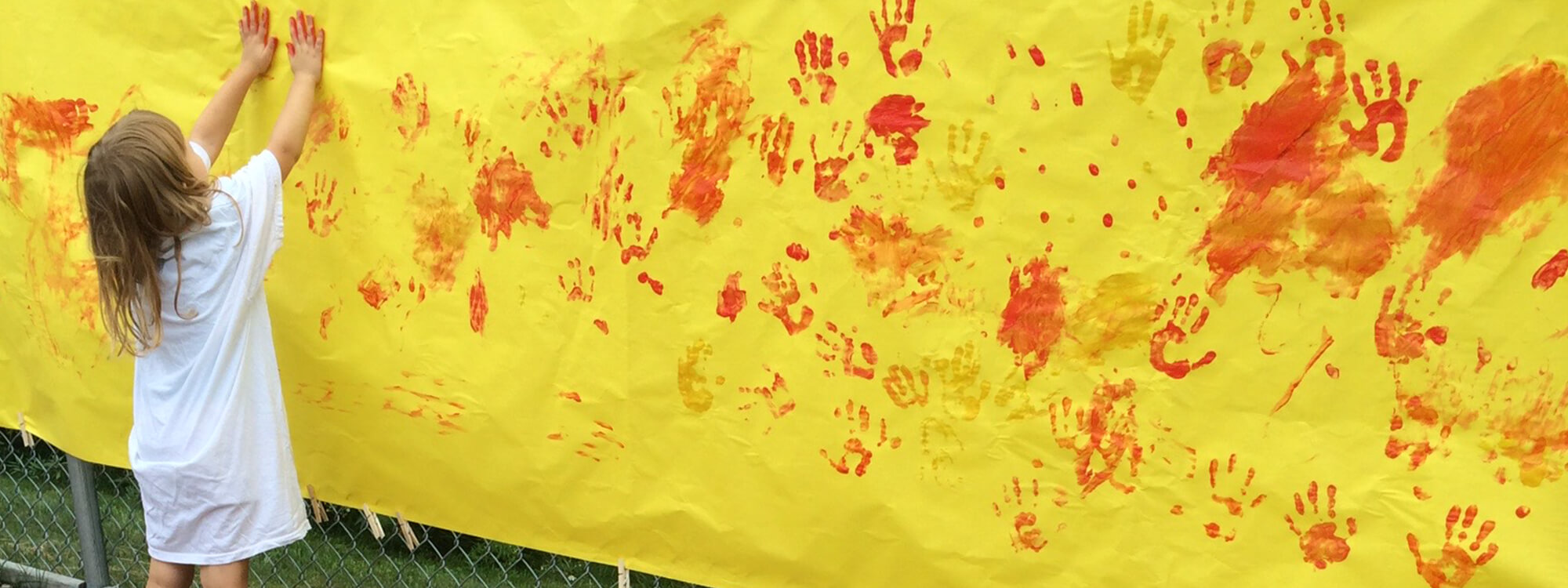Kindergarten Readiness
The transition to kindergarten is an exciting and emotional time for children and their families. As children near this important milestone, many families wonder if their child is truly ready for the transition to a new school with new expectations and educational experiences. Teachers in early education understand the importance of this transition and work to prepare children for Kindergarten readiness. But what does readiness look like?
Early Childhood professionals understand that readiness is more than just what information is gleaned from an academic screening. Trained in child development, early childhood educators help children develop readiness skills on a whole-child level assessing development of physical, cognitive, independance, and social-emotional skills. All of these factors must be developed for children to best succeed in their future educational career.
The most important skills, many kindergarten teachers report, are skills revolving around social abilities. Children who can transition well, follow two-three step directions, navigate peer conflict (share/take turns), and understand how to meet their needs (toileting/open lunch containers/getting help from teachers). Children also should exhibit autonomy over age appropriate tasks – dressing and undressing, zipping coats, packing backpacks/lunch boxes, climbing stairs, and putting on shoes. It is also important to help children develop the ability to empathize with others and practice kindness. Knowing how to be a kind friend and follow safety rules are more practical skills to have when beginning Kindergarten than having a strong grasp on sight words or counting by fives and tens.
As such, an early childhood teacher’s work must focus on building a child’s ability to communicate their needs verbally and ask for help. They take time to guide children through conversations and role play scenarios to help children resolve conflict. They allow children to problem solve situations independently and explore cause/effect and success/failure. They help children build fine-motor (small muscles of hands) and gross motor (large muscles of body) strength so children can be strong enough to climb the bus stairs, hold a pencil, cut with scissors, and be aware of body space when walking with a group. They model empathy to teach kindness and compassion and understand that educational learning involves more than academics; it involves developing important dispositions and habits of being such as teamwork, respect, curiosity, and patience. Early childhood educators help children develop self regulation skills so they can transition successfully through the activities of the day. Then they teach them to write their name and count on their fingers. And most importantly, they do all this through play. Play forms the foundation upon which instruction-based learning can occur.
For children to be ready for kindergarten they must be allowed to play.
Kindergarten readiness is a complex and multifaceted process that is supported through a collaboration between families and early educators – both working together to support the development of the whole child and help foster learning through their natural, playful curiosity.




Do you have a question or comment
Email our writer for more information or to tell us what you think of it.